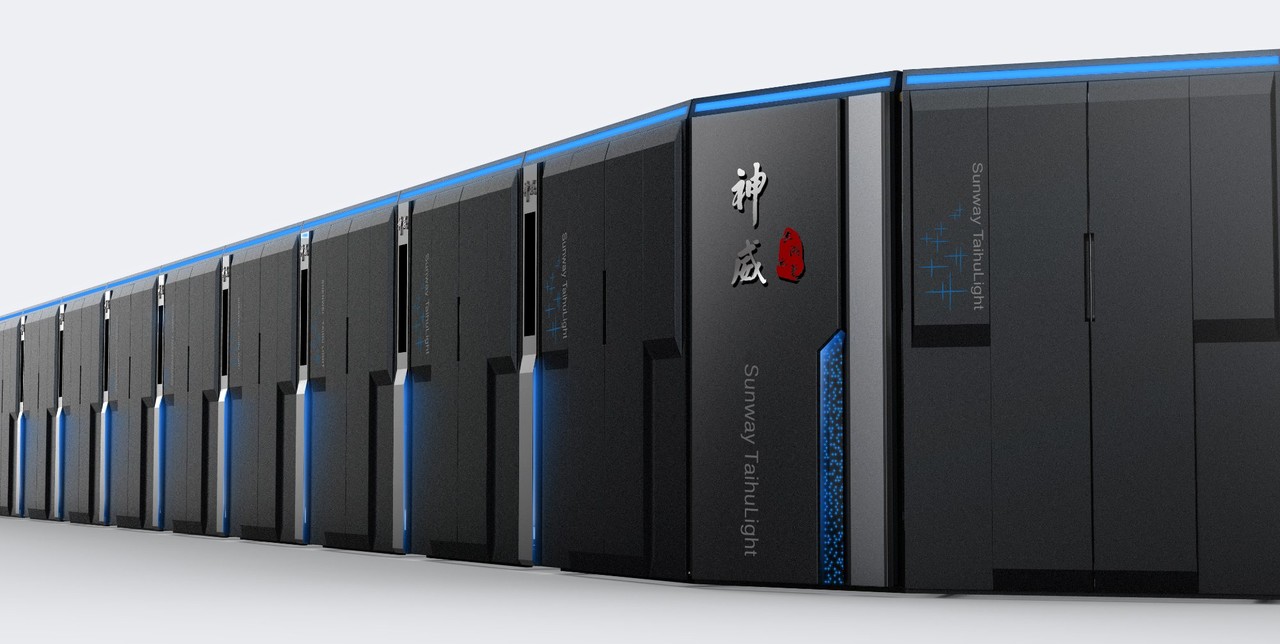
I got the idea from “Almost a Brain” after learning that the world’s top supercomputers are nearing the level of raw power in our brains — about a billion billion (1,000,000,000,000,000,000) operations per second (an “exaflop”). I’ve since come to recognize that there’s a lot more to brain modeling than power, but supercomputing still has a special place in my heart.
It’s a topic I first covered in 2011, when the fastest computer could reach achieve about 1/120th an exaflop. I wrote a few more articles on the subject, then created the following four-minute video. It features Daniel Reed, who’s a pretty interesting guy: He’s both a computer science professor and a college Vice President at the University of Iowa. (And he helped create the first web browser in the early ’90s!)
Exascale Computing and Big Data from CACM on Vimeo.
Somewhat related to supercomputing is quantum computing, which has the potential for much more power (in some respects) than traditional supercomputers can offer. University of Arizona Professor Stuart Hameroff has put forth some intriguing theories about quantum computing in the human brain: I look forward to digging deep for his Almost a Brain interview.
But for a bit of background in the meantime, enjoy this video I did with Professor Benoît Valiron about how to program quantum computers.
Programming the Quantum Future from CACM on Vimeo.
(This post is the first in a series of four. Soon to come: insights from research in artificial intelligence, human behavior modeling, and computational biology.)
Originally published at https://www.linkedin.com/pulse/supercomputing-quantum-computing-documentary-almost-brain-tom-geller